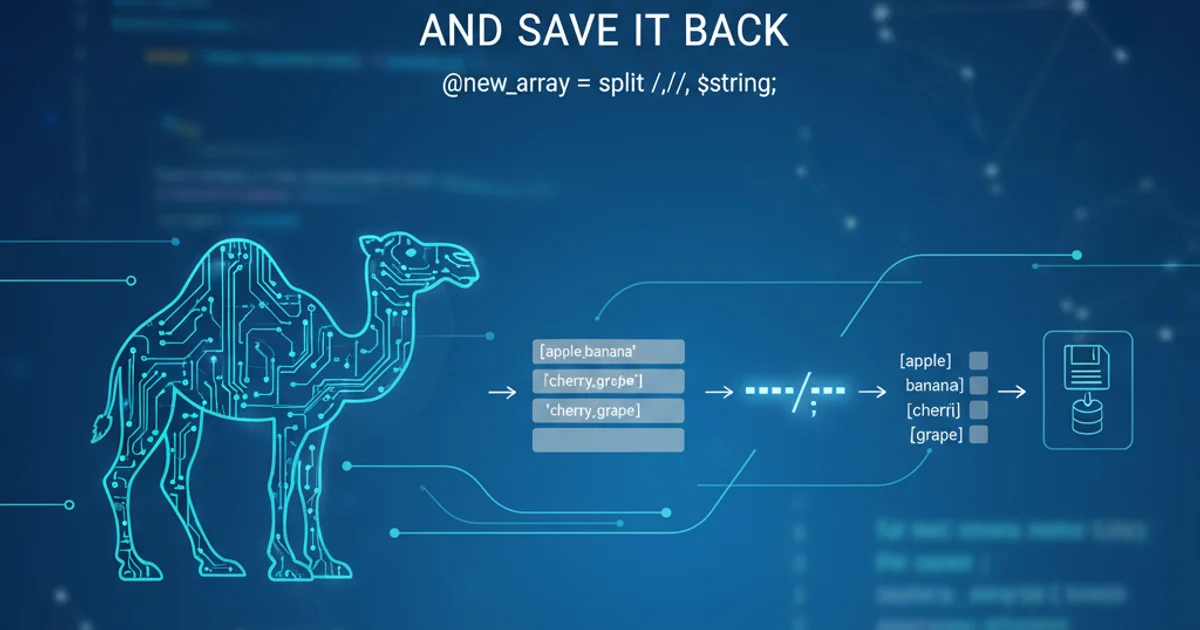Capture a picture recognize picture identity
Categories:
Building an Image Recognition System: From Capture to Identity

Explore the process of capturing images and leveraging AI for identity recognition, focusing on practical implementation and key considerations.
The ability to capture an image and subsequently recognize identities within it has become a cornerstone of modern technology, powering applications from security systems to augmented reality. This article delves into the fundamental steps and technologies involved in building such a system, from the initial image acquisition to the final identity verification. We'll explore the architecture, key components, and practical considerations for implementing a robust image recognition pipeline.
Understanding the Image Recognition Pipeline
An image recognition system typically involves several stages: image capture, preprocessing, feature extraction, and classification/recognition. Each stage plays a crucial role in transforming raw visual data into actionable insights. The efficiency and accuracy of the overall system heavily depend on the robust implementation of each of these phases. Modern approaches often leverage deep learning models, particularly Convolutional Neural Networks (CNNs), for feature extraction and classification, significantly improving performance over traditional computer vision techniques.
flowchart TD
A[Image Capture] --> B{Preprocessing}
B --> C[Feature Extraction]
C --> D{Identity Database Lookup}
D -- Match Found --> E[Identity Recognized]
D -- No Match --> F[Unknown Identity]
E --> G[Action/Output]
F --> G[Action/Output]High-level workflow for an image recognition system.
Image Capture and Preprocessing
The first step is capturing the image. This can be done using various devices, from smartphone cameras to dedicated surveillance cameras. The quality of the captured image directly impacts the recognition accuracy. After capture, preprocessing steps are essential to enhance the image and prepare it for analysis. This includes tasks like resizing, normalization, noise reduction, and sometimes color correction. For facial recognition, detecting and aligning faces within the image is a critical preprocessing step.
import cv2
def capture_image(camera_index=0):
cap = cv2.VideoCapture(camera_index)
if not cap.isOpened():
print("Error: Could not open video stream.")
return None
ret, frame = cap.read()
cap.release()
if ret:
return frame
return None
def preprocess_image(image):
# Example: Resize and convert to grayscale
gray_image = cv2.cvtColor(image, cv2.COLOR_BGR2GRAY)
resized_image = cv2.resize(gray_image, (128, 128))
# Further preprocessing like normalization can be added
return resized_image
# Example usage:
# captured_frame = capture_image()
# if captured_frame is not None:
# processed_frame = preprocess_image(captured_frame)
# cv2.imshow('Processed Image', processed_frame)
# cv2.waitKey(0)
# cv2.destroyAllWindows()
Python code for basic image capture and preprocessing using OpenCV.
Feature Extraction and Identity Recognition
Once an image is preprocessed, the next crucial step is feature extraction. This involves identifying and quantifying unique characteristics from the image that can be used to distinguish between different identities. In the context of facial recognition, these features might include distances between facial landmarks, unique textures, or patterns. Deep learning models, particularly CNNs, excel at automatically learning and extracting highly discriminative features. These extracted features are then compared against a database of known identities. The comparison typically involves calculating a similarity score, and if this score exceeds a predefined threshold, the identity is recognized.
1. Set up your development environment
Install necessary libraries like OpenCV (pip install opencv-python) and a deep learning framework like TensorFlow or PyTorch (pip install tensorflow).
2. Acquire a dataset for training
Gather a diverse dataset of images with known identities. This dataset will be used to train your feature extraction and classification models. Ensure proper labeling.
3. Train a feature extractor model
Utilize a pre-trained CNN (e.g., ResNet, VGG-Face) and fine-tune it on your dataset, or train a model from scratch to extract embeddings (feature vectors) for each identity.
4. Build an identity database
For each known identity, extract its feature vector using your trained model and store it in a database along with the identity's metadata.
5. Implement the recognition logic
When a new image is captured, preprocess it, extract its feature vector, and then perform a similarity search against your identity database to find the closest match.